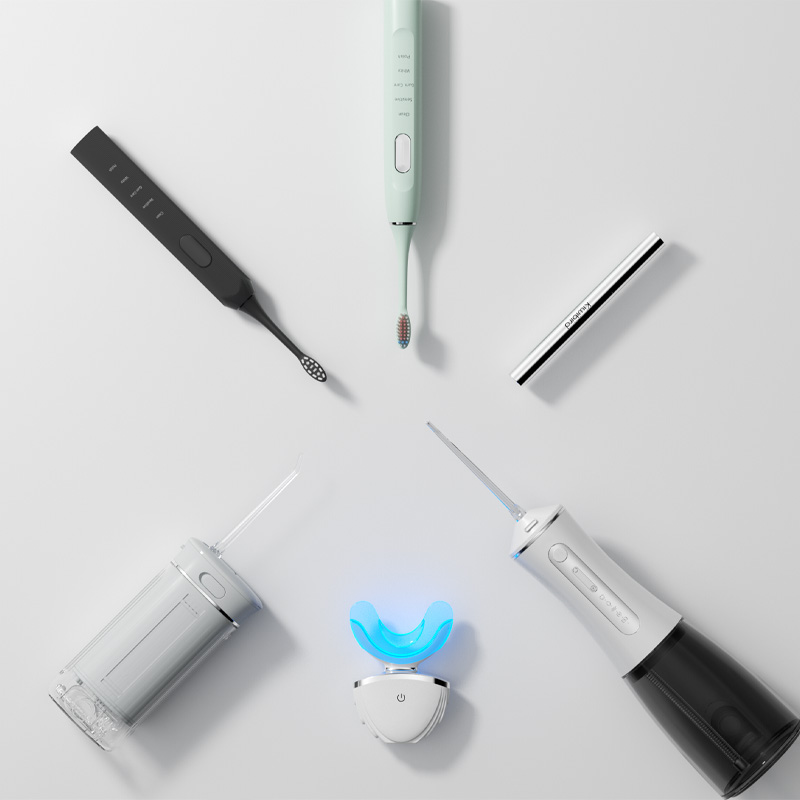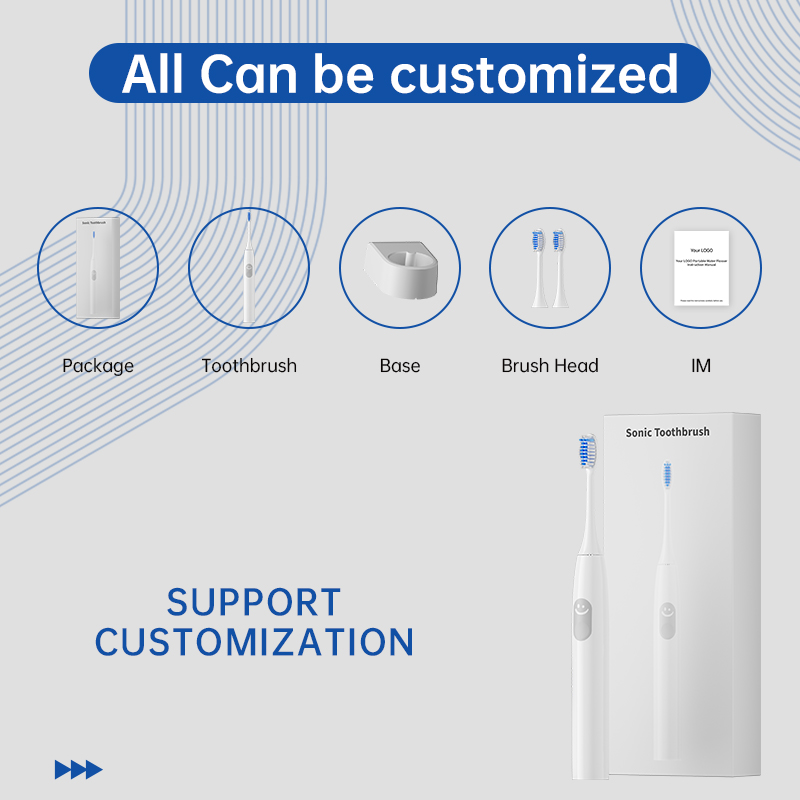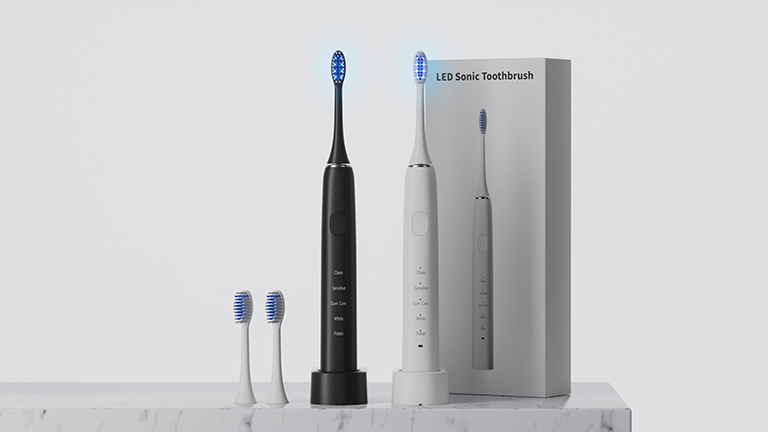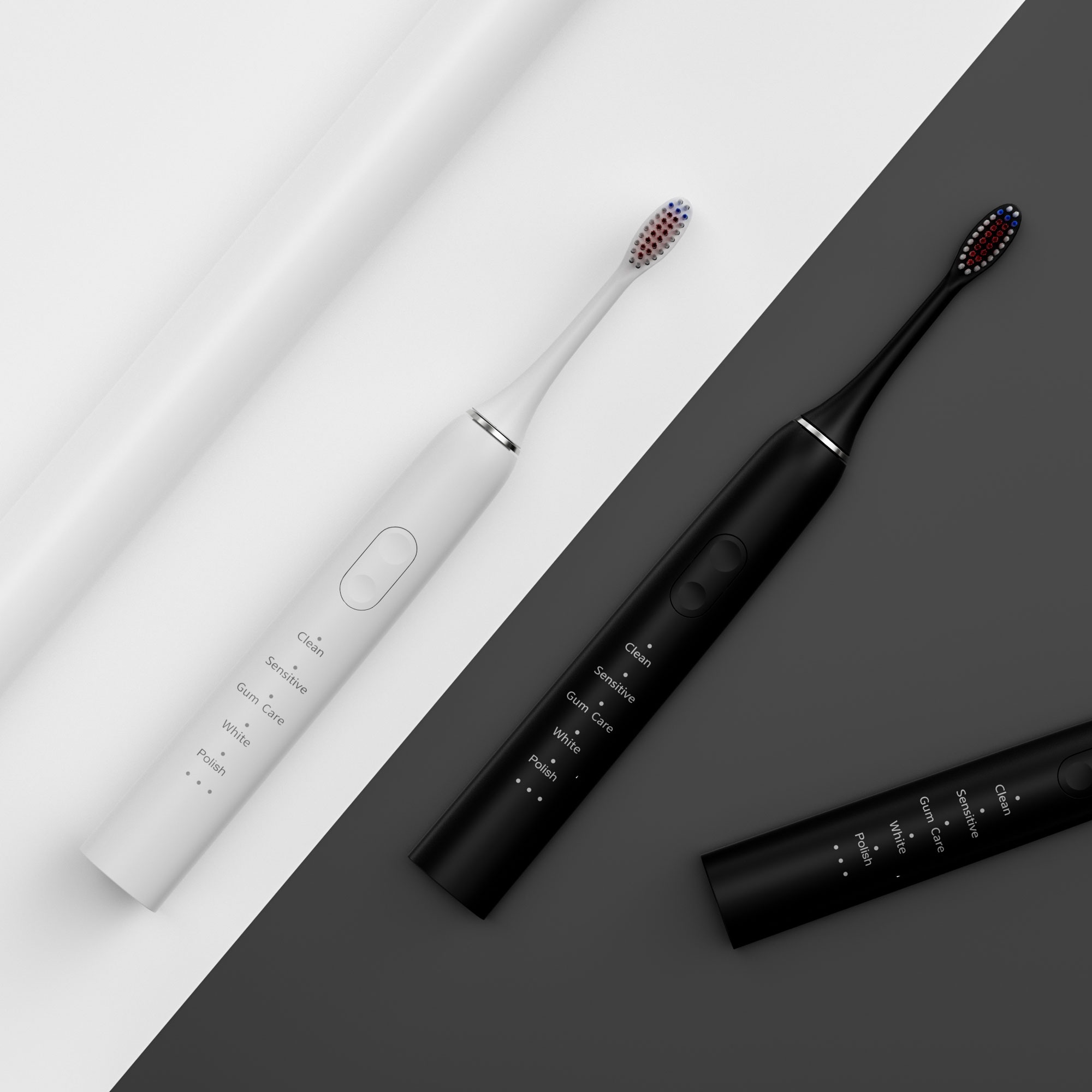In today’s oral care market, electric toothbrushes dominate retail shelves, and brands compete fiercely with innovative designs and advanced cleaning technologies. However, beneath the sleek exterior lies an often-overlooked element — electric toothbrush head patterns. These patterns, which define the arrangement, length, and stiffness of bristles, are more than just design aesthetics. They directly influence cleaning efficiency, comfort, and even product safety. Yet for many oral care brands working with third-party manufacturers, the real challenge lies not in design, but in ensuring OEM quality consistency across large-scale production.
Not all toothbrush heads are created equal. Even a slight variation in electric toothbrush head patterns can significantly alter brushing performance. A misaligned bristle cluster or an inconsistent filament diameter can compromise brush head hygiene, trapping bacteria and reducing durability.
For OEM manufacturers, pattern accuracy is a precision game. Each mold or injection setting can produce subtle differences that accumulate over time. Without rigorous inspection standards, brands risk delivering inconsistent products — eroding consumer trust and increasing warranty claims.
When brands outsource production, they often underestimate the OEM quality risk associated with toothbrush head molds and assembly lines. Inconsistent material sourcing, improper bristle cutting, or inadequate sterilization can all lead to hygiene and safety issues.
Moreover, low-tier factories might replicate popular electric toothbrush head patterns without proper engineering validation. This practice not only introduces product safety concerns but also undermines the brand’s market credibility. Genuine OEM partners, by contrast, follow strict ISO or FDA-aligned processes, ensuring each brush head meets both mechanical and hygienic standards.
Brush head hygiene is more than a marketing term — it’s a cornerstone of user health. Poor-quality bristles or low-temperature molding can cause micro-cracks that harbor bacteria. Inadequate sterilization before packaging further compounds the risk.
From an OEM quality perspective, maintaining product safety requires complete traceability — from raw filament supply to final ultrasonic sealing. Brands should demand documentation and in-house testing reports that verify bacterial resistance, tensile strength, and material compliance (such as FDA, CE, or REACH certifications).
Selecting an OEM factory isn’t just a price negotiation — it’s a strategic partnership. The right manufacturer should offer transparent quality audits, R&D collaboration on new electric toothbrush head patterns, and data-driven process controls.
Brands that invest in long-term OEM relationships benefit from better quality predictability, reduced defect rates, and faster innovation cycles — all while ensuring brush head hygiene and product safety remain uncompromised.
In the competitive oral care market, every detail matters — especially the unseen ones. The electric toothbrush head pattern you choose reflects not just design intent but also brand integrity. Ignoring OEM quality risks can turn a promising product into a liability.
For oral care brands seeking manufacturing partners, the message is clear: look beyond surface design. Prioritize quality systems, hygiene controls, and material validation. Because when it comes to oral health, safety begins where precision meets responsibility.

Where to Find Orlando Deals Toothbrush for Orlando Travel Toothbrush?

Can a California whitening brush protect California sensitive teeth?
.jpg)
Texas Electric Toothbrush – Powsmart PTR-C8 Long Battery

Is a Texas travel toothbrush with a Texas tax-free advantage — worth it?
.jpg)
NYC Dentist Recommended Electric Toothbrush Manufacturers 2025
.jpg)
Can Your Private label toothbrush production Scale ?

Cutting-edge tech makes us apart from other electric toothbrush manufacturers

Can Bluetooth Toothbrushes Improve Brushing Accuracy?
.jpg)
Dallas Electric Toothbrush Private Label Services Including Custom Packaging

How Does an NYC quiet toothbrush Work as an NYC apartment toothbrush?

Planning Large Bulk Electric Toothbrush Orders? How Can Toothbrush Export Manufacturing Streamline It?

Pressure-Sensitive Electric Toothbrush Suppliers for Dental Chains

Looking for Toothbrush OEM Manufacturing Services with Custom Toothbrush Branding Capabilities?

How to choose a reliable electric toothbrush factory?

What types of batteries are currently available for electric toothbrushes?
Travel Electric Toothbrush with Case – Compact & Rechargeable B2B Supply

Private Label Whitening Gel

Electric toothbrush heads Charcoal Infused-Diamond

electric toothbrush heads Regular Clean

electric toothbrush heads Charcoal Infuse-Round

electric toothbrush heads Deep Clean

electric toothbrush heads Ultra Soft

Customization Teeth Whitening Gel
.jpg)
Florida Electric Toothbrush – Powsmart PTR-C8
whstapp
whstapp
National Toll-Free Service Hotline
+86 755 86238638